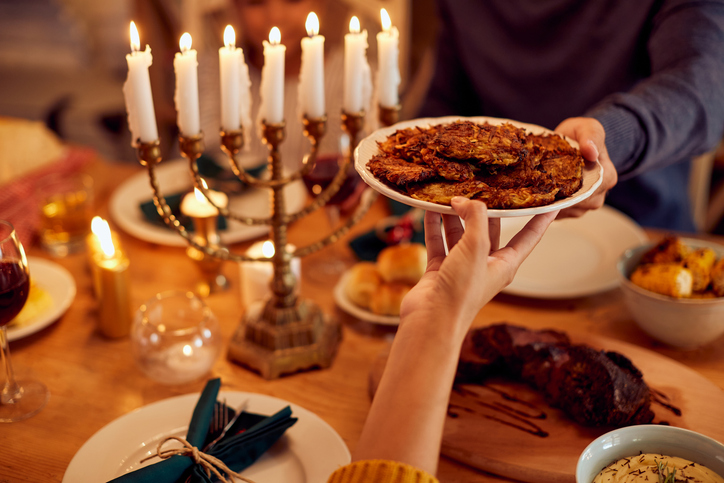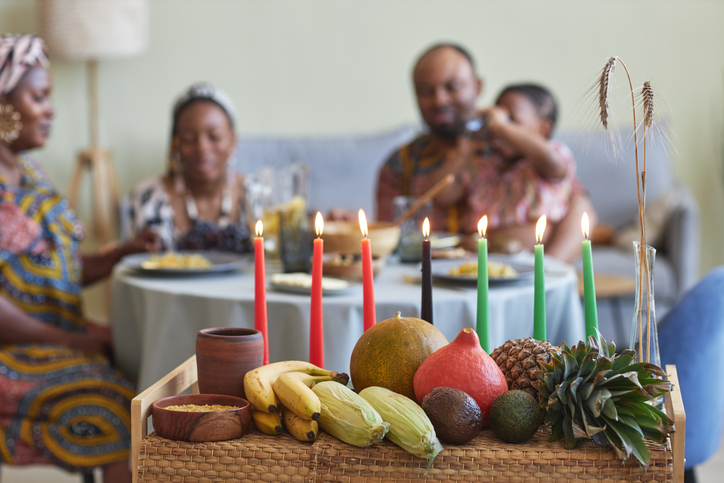December and January are jam-packed with holidays. The end of the calendar year brings about a sense of reflection and eagerness for a new year. Whatever holiday you celebrate, there is a good chance you have your own unique family or cultural traditions. Our own friends and neighbors may all be celebrating at different times and in different ways. Learning more about these traditions can help you feel more connected with those neighbors—you may even feel inspired to learn a new recipe to incorporate in your holiday traditions.
Christmas and Three Kings Day
Folks across Massachusetts will celebrate Christmas this December, but many Latin American households also celebrate Three Kings Day, or Día de los Reyes. This happens almost two weeks after Christmas, and is known throughout many Christian homes worldwide. Some families in Mexico may bake a special sweet dough and form it into a wreath to celebrate. Others, like those in Brazil, make bread pudding to celebrate. Try this bread pudding if you choose to celebrate in January. And if you are still looking for inspiration for your Christmas dinner, try these maple sweet potatoes or this brown rice pilaf.

Hanukkah
Hanukkah is the Jewish Festival of the Lights. Celebrated over the course of eight nights, there are plenty of opportunities to try delicious new foods. Latkes are a staple that are typically made from potatoes, but these red lentil latkes are sure to also be a crowd pleaser. This applesauce loaf cake is the perfect way to end a meal. If you have the time, try making the applesauce yourself and serve it alongside the latkes as well as in the cake.

Kwanzaa
Kwanzaa is a celebration of African and African-American heritage from December 26 through January 1. Daily menus can vary, but they will typically feature hearty flavors derived from the African diaspora. Those celebrating Kwanzaa may enjoy dishes such as squash soup or peanutty stew. Adding okra and greens on the side makes this both a delicious and nutritious meal.

Eid al-Adha
Eid al-Adha is the Muslim Festival of Sacrifice and occurs in early January this year. It is celebrated all around the world with delicious menu staples. Savory dishes typically include beef or lamb, such as in this kibbeh khamoustah. Sweets and pastries are also a signature part of this festival, and may include baklava or kanafeh, which both use phyllo dough as a base.

Cheers to a New Year!
However, whenever, and whatever you celebrate this December and January, be sure to fill your plate with a delicious and nutritious menu. Find inspiration from the cultures and heritages of the people who surround you and continue learning. You never know what new meals ideas may become staple holiday dishes for you and your family and friends.
Did you find this blog post helpful? Please click the heart button!




